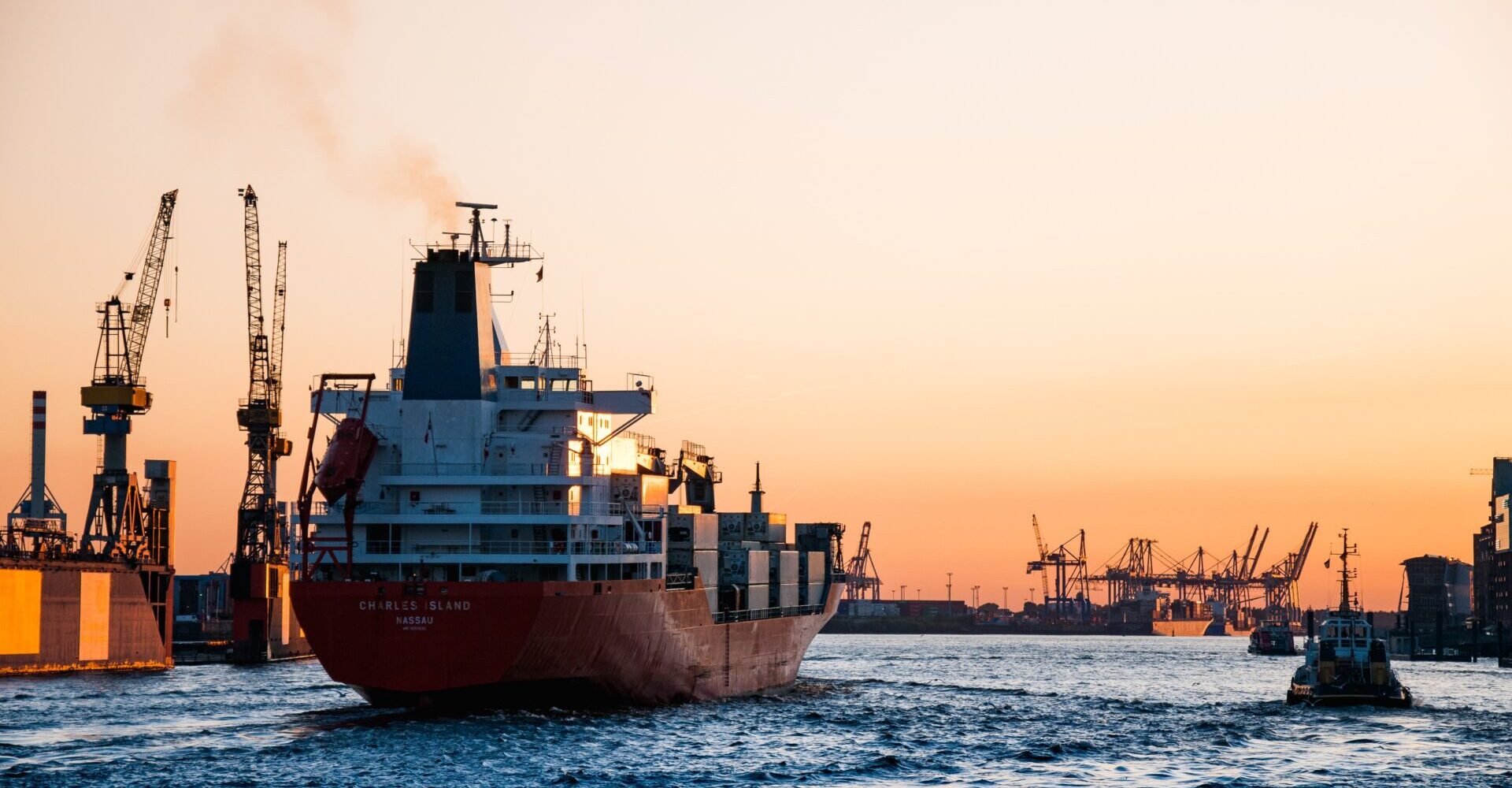C-Job Decarbonization Tool
The drive to decarbonize global shipping enters a new phase from January 1st 2023 when the Carbon Intensity Indicator (CII) regulation, covering all active ships above 5000GT, comes into force. This requires the owners of all passenger and cargo vessels to assess if their vessels are in compliance with CII, and to create approved Ship Energy Efficiency Management Plans (SEEMP) for each vessel. These must include implementation proposals detailing how they will achieve their CII targets that mandate annual reductions in CO₂ of 2% per year. With the majority of vessels already in the upper limits of the allowable CO₂ / CII range as defined by IMO this will be present substantial challenges for many owners. To support ship owners with CII compliance, C-Job has created the decarbonization tool to provide objective and independent advice on which measures are most effective for each vessel.
The C-Job de-carbonization tool
Over the past six months, C-Job has been developing a software application that is designed to give vessel owners fast and relevant insights into how they can begin the process of optimizing their vessels for decarbonization. It does this by collecting 50 defined data points on the vessel, including the sailing profile for each vessel, and quickly delivers an initial estimate of both the cost and CO2 savings for different available measures. These provide a prioritized road map for further investigations.
The application suggests up to twenty measures for decarbonization. These range from relatively straightforward actions such as using hull cleaning devices and the installation of a shore power connection right up to bow modifications or engine replacement and everything in between. The C-Job tool will compare costs versus savings for each, balancing environmental gains against economic efficiency.
The age of the vessel is also an important factor in the decision process. The first 10 to 15% of the decarbonization process can be relatively easy and economically viable for most vessels. Thereafter the upgrades become more significant and expensive. However, for a vessel with many years of useful life ahead of it, a more comprehensive measure could be the most economical decision as the benefits can be accrued over the lifetime of the ship, instead of the less evasive solutions. The advantage of the application is that it shows owners all their options for achieving CII compliance over the long term and shows options for the order in which they can be done.
The decarbonization tool is ready to show owners their options but will continue to evolve as measures develop over time, such as the implementation of a carbon tax or which low / zero emissions fuels will come to dominate propulsion in the years ahead. We are already working with several owners who are keen to explore the application’s potential with one project involving the analysis of a passenger ferry. The program is set up so that the entire fleet of vessels can be analyzed simultaneously so that owners have a total overview of what is happening in their fleet and what is required for each vessel. This overview can assist in the decision-making process in regards to which should be prioritized.
With our in-house naval architecture and engineering skills, C-Job is able to support beyond the initial analysis. We have the knowledge to provide costings and design, integrate the new equipment in the vessel, and the experience to act as a link between owners, shipyards, and equipment suppliers to ensure a smooth and coordinated project from the initial analysis through to shipyard completion
The C-Job de-carbonization tool can be applied to any type of vessel. It delivers an independent view of each vessel’s current status, provides a fleet-wide overview, and is already giving unique insights as well as some surprising results. And by giving these valuable insights at an early stage, it also gives owners an indication of the cost/benefit equation from the outset.
For more information, contact Marc van der Zwaluw and Wouter den Boer.
